Explore the sights, sounds, smells, tastes and textures of summer with this fully resourced, step-by-step multisensory story/teaching resource plus 101 sensory, summer themed activities!
Table of Contents:
About the Artist
The Benefits of Multisensory Storytelling
How to Tell a Multisensory Story
Story Props Checklist
Summer Full Poem/Story
Summer Senses
Summer Nature
Nature’s Art Room
Independent Skills – Task Boxes
Life Skills
Summer Safety
Bubbles & Sand Dough
Summer Sounds
Summer Role Play
D & T Summer Food
Understanding the World
D & T
The Summer Garden
Outdoor Learning
Pebble Painting
Summer Maths
Summer P.E
Culture – Traditional Clothing
Summer Festivals Around the World
Summer Science
Summer Plants & Life Cycles
Butterflies
Spotlight on…Hebden Green School
Sensory Art ‘Sparrow’s sensory Sun’
Sensory Art – ‘Barn Owls Summer Exploration’
Sensory Art- ‘Starlings We’re all Going on a Summer Holiday’
What are the Benefits of Multisensory Storytelling?
1. Storytelling creates a bond between the storyteller and the story explorer enhancing and enriching experiences.
2. Rhyming Multisensory Stories connect the individual to literature, culture and topic in a fun and engaging way.
3. The stories form a base on which to scaffold learning enabling the student to work on personal goals and individual targets.
4. The activities in the stories are designed to promote communication skills: (eye contact, listening, shared attention & language development), self-confidence & well-being (trying out new ideas & skills, practicing self-care & independence and enjoying achievement), self-awareness: (asking for ‘help’, ‘again’ and ‘more’), present opportunities to explore cause & effect and build anticipation skills, promote physical development: (fine & gross motor skills), build knowledge about the environment & the world around us, to engage in scientific experimentation and mathematical concepts and to develop social & emotional skills: (turn-taking & sharing and teamwork).
5. The sensory stimuli (story props) are a tool for the story explorer to explore and express their likes, dislikes and sensory preferences and to have the opportunity to make choices.
This information can be used to identify motivators or items to calm and individual when anxious, tired or stressed, identify triggers, (some you may wish to avoid, others to work on building tolerance through desensitisation in a safe and therapeutic environment) and used in the writing of care plans to enhance areas daily life.
Your questions, queries, comments and feedback are always welcome.
Thank you for looking:)
| Category | Other |
| Tag | Pre-K, Special Education |
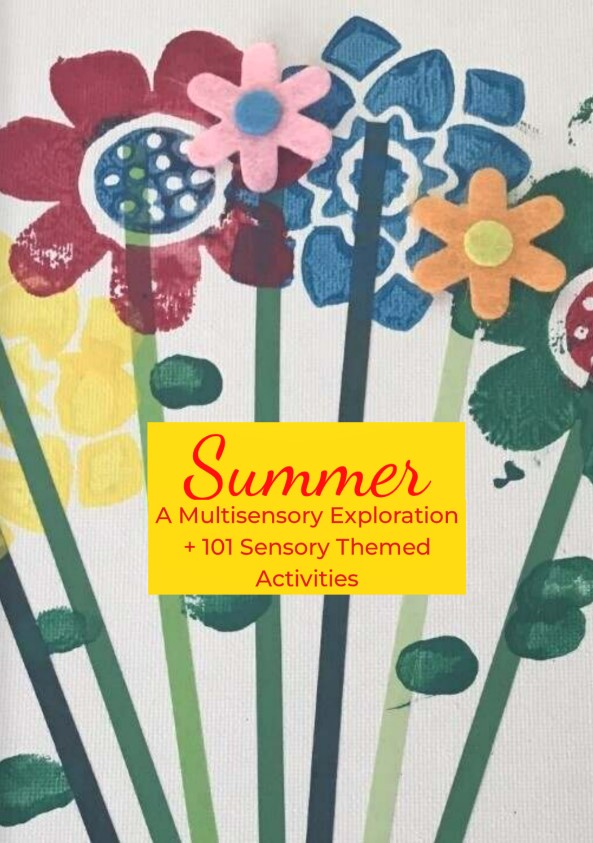
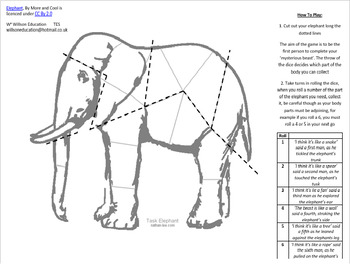
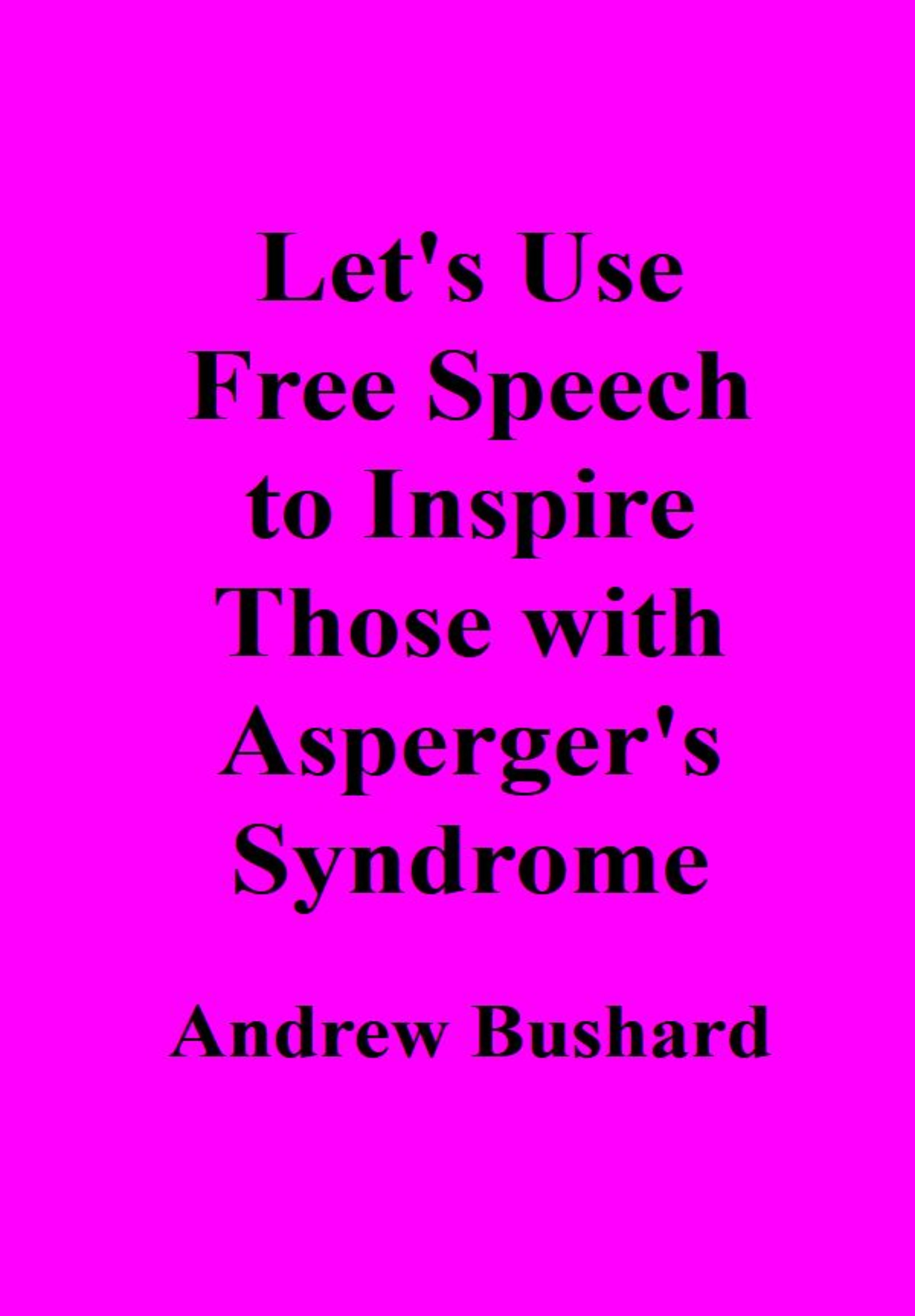
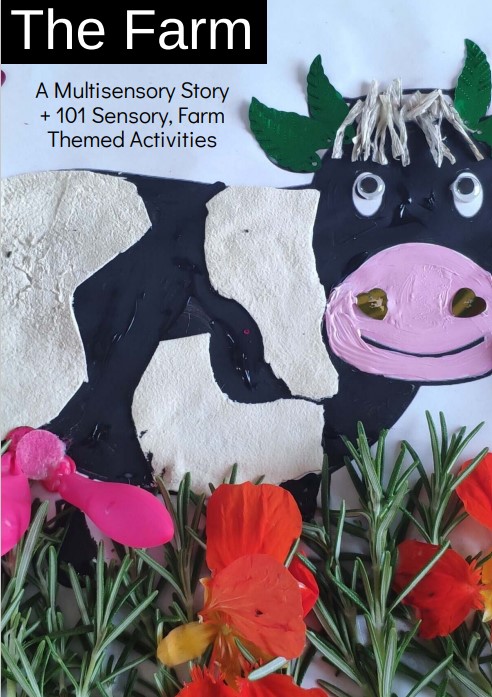
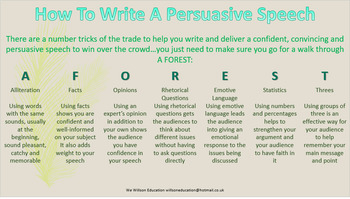
Write a Review
Leave a reply Cancel reply